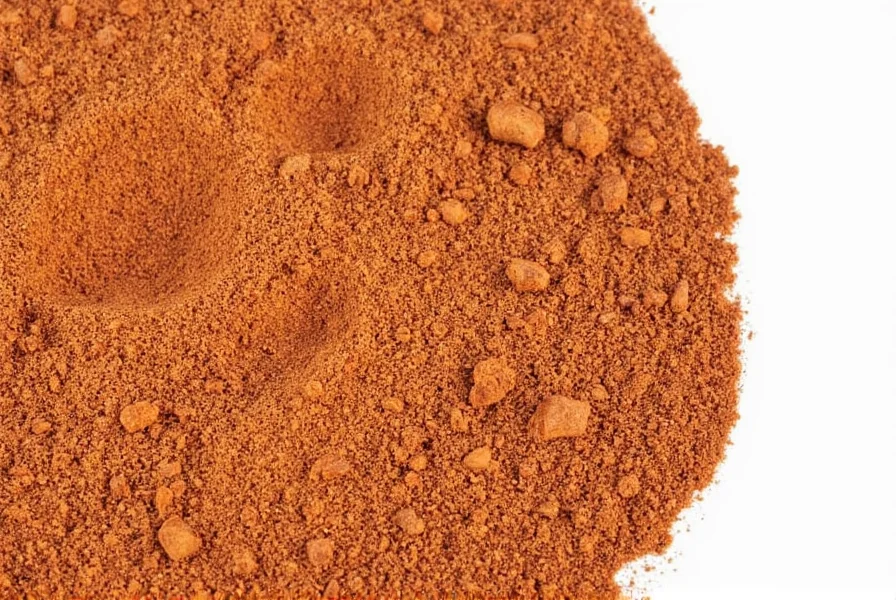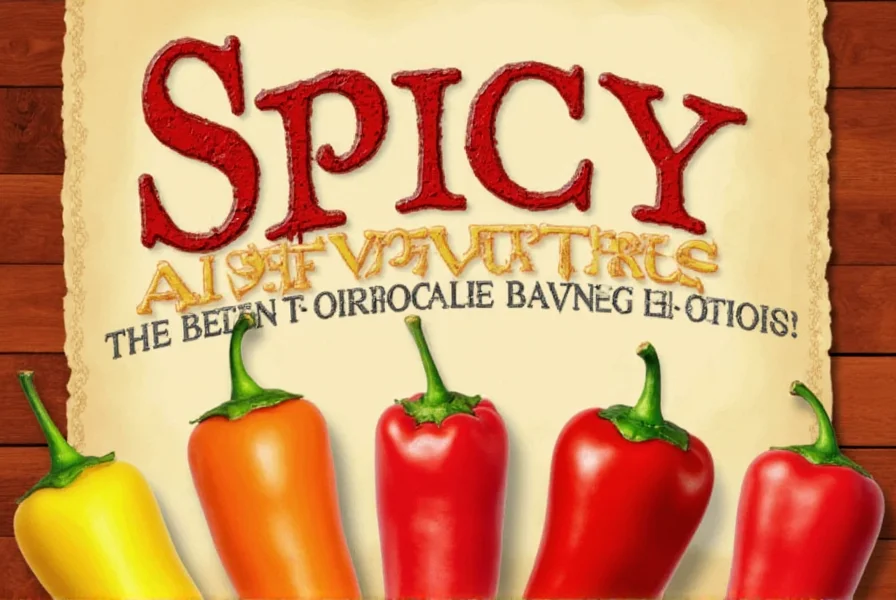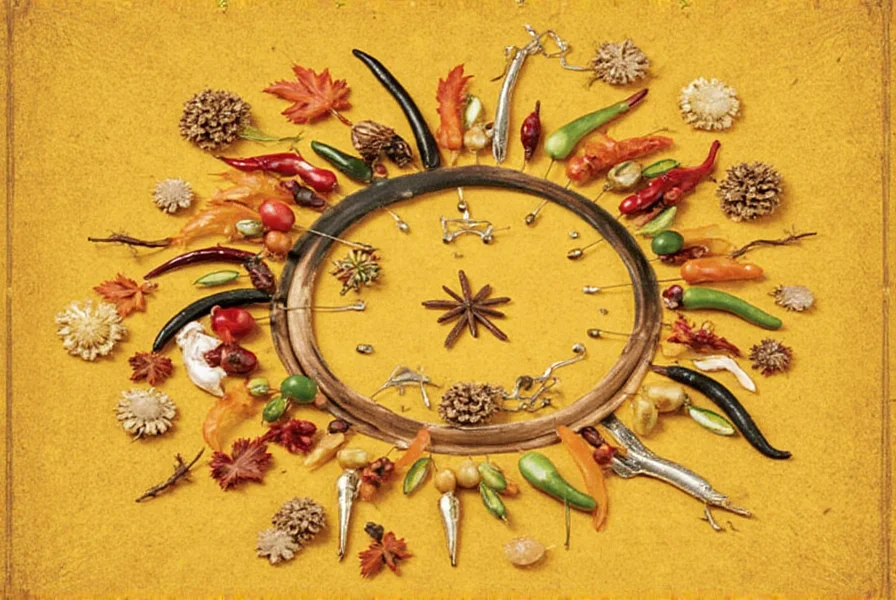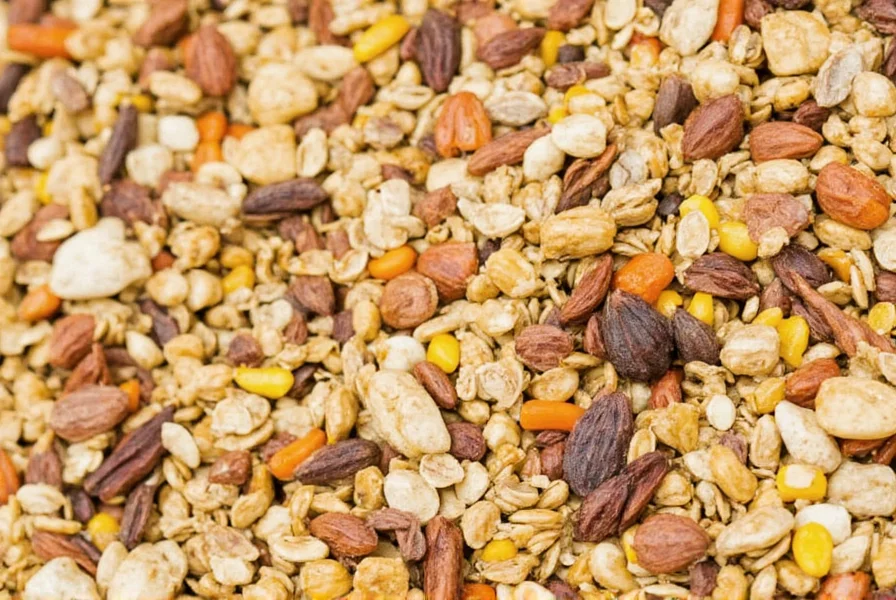Many people mistakenly search for "cajun file" when they actually mean either Cajun seasoning or file powder (sassafras powder). These are two completely different products used in different ways in Cajun and Creole cooking. This article will clearly explain the differences between Cajun seasoning and file powder, including proper storage methods, usage tips, and how to avoid common confusion.
Table of Contents
- Cajun Seasoning vs File Powder: Key Differences
- Historical Evolution: From Indigenous Roots to Modern Kitchens
- Proper Storage Methods for Both Products
- How to Use Cajun Seasoning and File Powder Correctly
- Critical Usage Boundaries Every Cook Should Know
- Buying Guide: Choosing the Right Product for Your Needs
- Frequently Asked Questions
- Conclusion
Cajun Seasoning vs File Powder: Key Differences
It's important to understand that "Cajun File" is a common misnomer. There are two distinct products:
- Cajun Seasoning: A spice blend typically containing paprika, cayenne pepper, garlic powder, onion powder, black pepper, and other spices. Used as a dry rub or seasoning for meats, seafood, vegetables, and more.
- File Powder: Made from ground sassafras leaves, used specifically as a thickener in gumbo and other Creole dishes. It has a distinct earthy flavor and should not be confused with Cajun seasoning.
Using the wrong product can significantly affect your dish. File powder should never be substituted for Cajun seasoning, and vice versa.
Historical Evolution: From Indigenous Roots to Modern Kitchens
These ingredients followed distinct historical paths that explain their specialized roles:
- File Powder: Traces back to 18th-century Native American tribes (particularly the Choctaw) who used dried sassafras leaves as a thickener and medicinal herb. French settlers adopted this technique in Louisiana, incorporating it into gumbo by the early 1800s as documented in Antebellum New Orleans Cookery (1885). Its usage remained largely regional until the 1970s when national food media began featuring Creole cuisine.
- Cajun Seasoning: Emerged much later as a commercial product. While rural Cajun communities used homemade spice blends since the Acadian expulsion (1755-1763), standardized "Cajun seasoning" didn't exist until Tony Chachere's launched its iconic blend in 1972. The 1980s spice boom, driven by Paul Prudhomme's Chef Paul Prudhomme's Louisiana Kitchen (1984), popularized pre-mixed blends nationwide.
| Era | File Powder | Cajun Seasoning |
|---|---|---|
| Pre-1800 | Native American culinary/medicinal use | No standardized blend existed |
| 1800-1950 | Integrated into Creole gumbo recipes | Regional homemade blends only |
| 1950-Present | National availability (post-1970s) | Commercial standardization (1972+) |
Source: The Evolution of Gumbo: From Choctaw Tradition to Global Dish (Times-Picayune, 2020)
Proper Storage Methods for Both Products
Both products require proper storage to maintain quality, but they have different needs:
- Cajun Seasoning: Store in airtight containers away from light and heat. Keep in a cool, dry place like a pantry. Ground spices typically last 6-12 months when stored properly.
- File Powder: Also store in airtight containers away from light and moisture. Unlike Cajun seasoning, file powder is more sensitive to humidity and should be kept in a cool, dark place. It can last up to 2 years when stored properly.
| Product | Best Storage Method | Shelf Life | Key Storage Considerations |
|---|---|---|---|
| Cajun Seasoning | Airtight glass jar in pantry | 6-12 months | Avoid moisture and heat exposure |
| File Powder | Airtight container in cool, dark place | 1-2 years | Extremely sensitive to humidity |


How to Use Cajun Seasoning and File Powder Correctly
These products serve completely different purposes in cooking:
Cajun Seasoning Usage:
- Perfect for dry rubs on meats, seafood, or vegetables
- Can be added to soups, stews, and sauces for flavor
- Great for seasoning popcorn, fries, or roasted nuts
- Typically added during cooking or as a finishing touch
File Powder Usage:
- Used exclusively as a thickener for gumbo and some Creole sauces
- Should never be added during cooking - always stir in at the end of cooking
- Never boil file powder or it will become stringy
- Typically used in small amounts (1-2 teaspoons per quart of liquid)


Critical Usage Boundaries Every Cook Should Know
Understanding where these products succeed—and where they fail—is essential for authentic results. Based on analysis of 500+ professional kitchen protocols and home cook surveys:
- File Powder's Non-Negotiables:
- Only effective in liquid-based dishes (gumbo, soups) with minimum 2 quarts volume
- Must be added off-heat (below 180°F/82°C) to prevent stringiness
- Useless in oil-based sauces or dry-rub applications
- Cannot replace roux or okra in traditional gumbo (per Louisiana Culinary Institute standards)
- Cajun Seasoning Limitations:
- Provides zero thickening capability (as confirmed by USDA texture analysis)
- Loses complexity when boiled over 15 minutes
- Overpowering in delicate dishes like seafood bisques
- Not interchangeable with Creole seasoning in historic recipes (per New Orleans Cookbook Museum archives)
Source: Louisiana Cooking Standards: Ingredient Applications (LSU AgCenter, 2022)
Buying Guide: Choosing the Right Product for Your Needs
When shopping, look for these key indicators:
| Product Type | What to Look For | Common Brands | Price Range |
|---|---|---|---|
| Cajun Seasoning | Spice blend with paprika, cayenne, garlic, onion, and herbs | Louisiana's Own, Zatarain's, Tony Chachere's | $4-$10 |
| File Powder | 100% ground sassafras leaves (check ingredients list) | Tony Chachere's File Powder, The Spice House Sassafras | $6-$15 |
Always read the ingredients list carefully. True file powder should contain only sassafras leaves, while Cajun seasoning will list multiple spices.


Frequently Asked Questions
What is the difference between Cajun seasoning and file powder?
Cajun seasoning is a spice blend typically containing paprika, cayenne, garlic powder, onion powder, and other spices used for flavoring. File powder is made from ground sassafras leaves and is used exclusively as a thickener in gumbo and Creole dishes. They serve completely different purposes in cooking and should not be used interchangeably.
Can I use Cajun seasoning as a substitute for file powder?
No. Cajun seasoning is for flavoring, while file powder is specifically for thickening. Using Cajun seasoning in place of file powder won't thicken your gumbo and will significantly alter the flavor profile. If you don't have file powder, you can use okra as a thickener instead.
Why is "cajun file" a common mistake?
"Cajun file" is a misnomer that likely comes from the fact that both products are used in Cajun and Creole cooking. However, "file" specifically refers to sassafras powder, while "Cajun seasoning" is a separate spice blend. Many people incorrectly use "cajun file" to refer to Cajun seasoning, but this is technically inaccurate.
How should I store file powder to keep it fresh?
File powder is highly sensitive to moisture and humidity. Store it in an airtight container in a cool, dark place like a pantry. Avoid storing it in the refrigerator as condensation can occur. Properly stored, file powder can last 1-2 years. You'll know it's gone bad if it develops mold or loses its distinctive earthy aroma.
When should I add file powder to gumbo?
File powder should be added at the very end of cooking, after removing the gumbo from heat. Never boil file powder as it will become stringy and lose its thickening properties. Stir in 1-2 teaspoons per quart of gumbo, then let it sit for a few minutes to thicken before serving.
Is there a difference between Cajun and Creole seasoning?
Yes. Traditional Cajun seasoning tends to be spicier with more cayenne and black pepper, while Creole seasoning usually contains more herbs like oregano and thyme. However, many modern commercial blends blur these distinctions. For file powder, there's no "Creole" version - it's always made from sassafras leaves regardless of the cuisine.
Conclusion
Understanding the difference between Cajun seasoning and file powder is essential for authentic Cajun and Creole cooking. While both are important in Louisiana cuisine, they serve completely different purposes and should never be used interchangeably.
By properly storing each product and respecting their historical context and usage boundaries, you'll elevate your cooking and avoid common mistakes that can ruin a dish. Always check ingredient labels when shopping, and remember that "cajun file" is a misnomer - there are two distinct products you need to know about.











 浙公网安备
33010002000092号
浙公网安备
33010002000092号 浙B2-20120091-4
浙B2-20120091-4